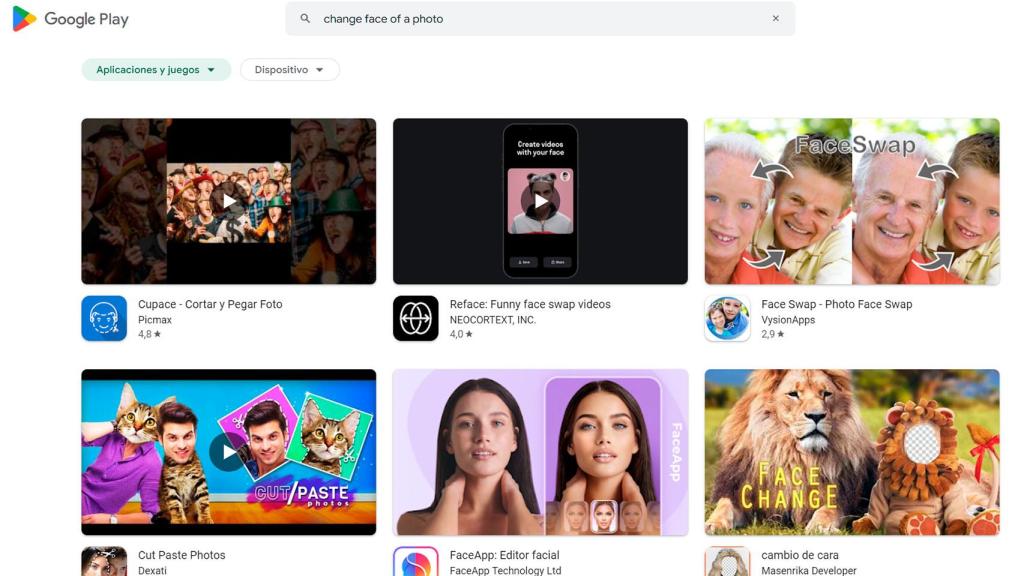Artificial intelligence is one of the most talked-about technologies. In Spain there are already a large number of platforms available that allow you to do all kinds of things. From creating melodies with Suno.IO to writing emails with Gemini or summarizing texts using ChatGPT.
Of course, the possibilities they offer are many, and one of them is to create images, either starting from another image or from a description, or using only this description offered by the user. However, this particular action is generating a lot of controversy..
And is that, there are times when this functionality is used for negative purposes, something that the platforms themselves are already modeling so that it does not happen, although there are exceptions such as the new AI of Elon Musk, which is quite lax in terms of these limits. But what are the limits when it comes to creating images using artificial intelligence?
Copyright
Since the expansion of artificial intelligence models, many alternatives have emerged whose function is to create images using this technology. This can have a number of positive aspects, such as creating wallpapers or facilitating the tasks of graphic designers.
However, some of them have had to introduce restrictions along the way, since the possibilities it offers require regulation to ensure that its use is correct. Copyright is one of the limits to the possibilities of AI, not only in terms of its creations, but also in terms of its training. In this regard, European regulations state that “any use of content protected by copyright requires the authorization of the holder of the rights in question”.

Bing Image Creator
The Free Android
The regulation has some way to go, but it stresses the responsibility of the providers of AI models with respect to training. On the other hand, as far as creation is concerned, if the image that has been generated with this technology involves a substantial transformation of an original work, for example, it could be considered a derivative work and, in some cases, even be allowed.
In many cases, these types of tools already have certain limitations so that they can only generate licensed images, thereby minimizing the risk of breaching copyright protection for a particular work. If the AI generates a new image that is very similar to an existing workone could question its originality.
Nudes using AI
Some artificial intelligence models can not only create images from a description, but can also modify one or more images using other images, something that some people have used to create what is known as deepfake. This is a modification of an image of one person to make it appear to be another, and this has been used to artificially undress other people in photographs.something totally illegal in Spain.
Some artificial intelligence platforms, such as Designer, from Microsoft, have chosen to set limits on user requests so that they cannot use it for such purposes. Despite this, in Spain there have already been episodes, such as the Almendralejo case, in which AI was used to carry out these montages with minors and which put the debate on the table.

Retouching Apps in the Google Play Store
The free Android
There are other more recent cases with the same problem, and in this sense, the National Police confirms that the use, possession and dissemination of these altered images can be “constitutive of a crime”. In Spain, this act can be framed in several offenses included in the Penal CodeHowever, it would also be positive to have a regulation at the European level on the basis of which the different nations could legislate.
Elon Musk’s artificial intelligence model, Grok-2, which is integrated in X, is being harshly criticized for its few ethical limits. And the fact is that, while there are requests that other AI models would deny, this one accepts them, highlighting the need to regulate and limit this type of technology.
Microsoft, one of the largest technology companies in the world, asked in a letter to the U.S. government to carry out a regulation of this type of images to “protect the public from abusive content generated by AI” which is precisely the title of the letter.
And the fact is that this technology is capable of carrying out good actions, but also of doing things that are harmful and damaging to the image of other people. And not only that, but it has been used on more than one occasion to carry out scams, impersonating other people in the well-known CEO scam.